Cocoa butter is a pure, stable plant fat that is both a base ingredient in chocolate and popular for emulsifying body creams and facial moisturizers. As the fat of the cacao bean, this plant-based ingredient has the distinct flavor and aroma of cocoa beans.
Some sources say you can substitute cocoa butter for cacao butter, which you can, but they're actually the same thing, so that's a bit redundant.
Pure pressed cocoa butter is quite difficult to find, however. Your local supermarket may not carry it but you can often to find it in specialized health food stores or online. Fortunately, when looking to substitute cocoa butter in chocolate, soap, or lip balm, there are several good swaps for each.
Butter, coconut butter, and coconut oil are the most widely-available and adaptive replacements for cocoa butter, though white chocolate can substitute for cocoa butter in some recipes. Read on to find out more about cocoa butter, its uses, and a list of cacao butter substitutes with recommended ratios.

Jump to:
- What is Cocoa Butter?
- Health Benefits of Cocoa Butter
- How to Use Cocoa Butter
- 13 Best Cocoa Butter Substitutes
- Best Cocoa Butter Substitute for Baking
- Best Cocoa Butter Substitute in Soap Making
- Best Cocoa Butter Substitute for Skin
- Best Cocoa Butter Substitute in Chocolate
- Frequently Asked Questions
- Have you tried any of these substitutes?
- 📖 Recipe
- 💬 Comments
What is Cocoa Butter?
Cocoa butter is a pure fat pressed from the fermented seeds of the cacao plant. Cocoa beans, as they’re commonly called, come from the Theobroma cacao tree, native to South America. Approximately half of the cocoa bean is fat.
The precise amount of fat in a bean is influenced by its genetic makeup and the environment it grows in; the amount of fat can actually change throughout the course of the year. The cocoa butter ratio is believed by experts to have to do with the amount of environmental stress on a tree, as cacao grown further from the equator is richer in fat regardless of its genetics.
Also known as cacao butter or theobroma oil, cocoa beans are harvested and usually fermented, then sun-dried, roasted, and hulled to reveal the nibs. Then the fat is extracted from the cocoa nibs by grinding them up and then pressing the resulting paste, known as cocoa liquor or chocolate liquor.
Cocoa solids are the nutrients, fiber, and flavor that remain after much of the fat is pressed out, and they’re typically finely ground further into cocoa powder. Cocoa butter in its natural state is pale yellow, and smells like cocoa with a mild chocolate flavor.
Butter that has been deodorized has had its flavors and odors removed chemically or physically. The most-used technique for this is steam injection at a very high temperature. Deodorized cocoa butter has a neutral flavor and assumes a paler, more off-white color after the chemical deodorization process.
It can also be more hard and brittle at room temperature, as well. It starts to melt between 88°F-95°F (31°C-35°C), but has a very high smoke point, remaining stable at temperatures as high as 445°F (230°C).

Health Benefits of Cocoa Butter
Despite the word "butter" appearing in the name, cocoa butter is completely vegan and dairy-free. This plant-based butter has an unhealthy saturated fat - palmitic acid (known to be unhealthy for heart and blood vessels), though it’s more than balanced out by three heart-healthy unsaturated fats, which make up roughly 75% of cocoa butter.
Cocoa butter has other various health advantages, as well. It’s a decent source of choline, vitamin E and vitamin K, which benefits your body in many ways. Consuming choline can help reduce the risk of liver disease, vitamin E supports vision, and healthy brain, skin, and blood levels, and vitamin K helps your body build and maintain bones.
Due to its high fatty acid content, cocoa butter is popular as the main component of skin creams. Many topical treatments for illnesses like eczema and dermatitis include cocoa butter as a key ingredient. Stearic acid, which is present in cocoa butter, can be changed by your liver into oleic acid, a monounsaturated fat.
Oleic acid raises HDL cholesterol levels (‘good cholesterol’) while decreasing LDL cholesterol levels (‘bad cholesterol’). About half of a cocoa bean's weight is made up of cocoa butter. Due to its high concentration of natural tocopherols along with fatty acid, cocoa butter resists oxidation better than almost any other plant fat.
It’s also what gives finished chocolate a glossy sheen and pronounced snap when correctly tempered. Additionally, once solidified, cocoa butter contracts, allowing for effective molding & shaping in manufacturing.
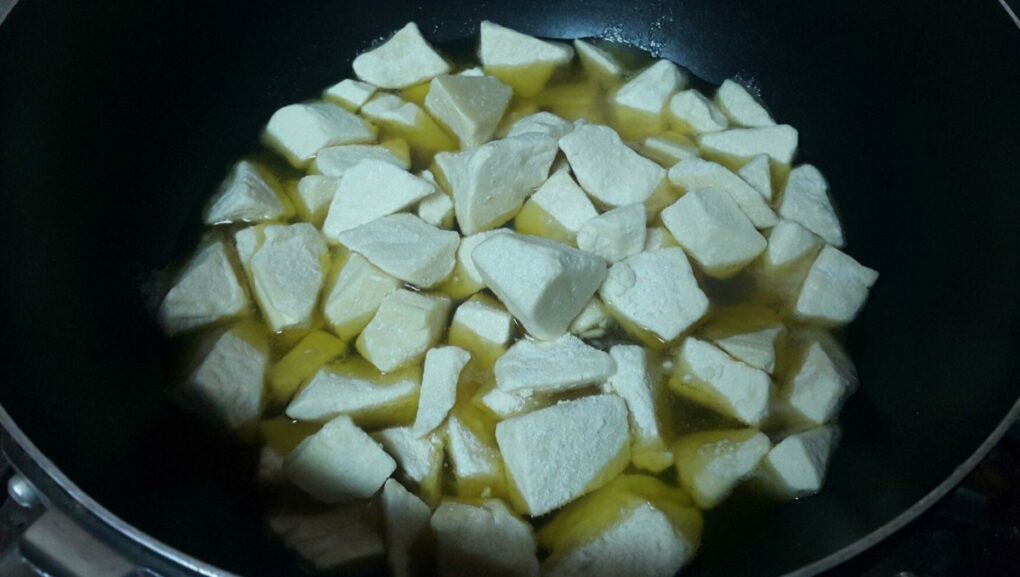
How to Use Cocoa Butter
For hundreds of years, people have used cocoa butter to make chocolates as well as cosmetics and skin care items. Because of its melting point, cocoa butter is sold in solid form and must be heated before use in culinary or baking applications. Both savory and sweet dishes benefit from the healthy inclusion of cocoa butter.
It’s a great butter substitute in vegan or dairy-free recipes. Due to its high smoke point, cocoa butter is the best fat to use while cooking at high temperatures (as high as 445°F/230°C) because it won't burn easily and you’ll require less of it than other fats.
It’s also useful as an alternative oil for stir-frying or sautéing. Deodorized cocoa butter doesn’t have a strong flavor and aroma, making it a good neutral, pure fat. Furthermore, food that is cooked in cocoa butter absorbs very little of the fat.
Cocoa butter is often used in baking, but is most popular for making chocolate. Most chocolate bars contain additional cocoa butter, blended with the chocolate liquor to add smoothness. It maintains its integrity at room temperature and offers the ideal crispness for candy bars.
While other types of fats are permitted in Europe, only cocoa butter can be used to make chocolate in the US. It gives white chocolate and other types of chocolate bars their silky and smooth feeling. Some manufacturers also include cocoa butter in their recipes, but only a minute amount because dark chocolate must have a 50-90% chocolate liquor content.
Here are some recipes including cocoa butter:
- Chocolate Chip Cocoa Butter Cookies
- Peanut Butter White Chocolate Candies
- Make bulletproof coffee with cocoa butter
- In baking and making cold confections, it can give drinks and desserts a slight smoothness
- Vegan Chocolate Bar
- In crispy treats such as replacing the butter in these chocolate trip krispie treats
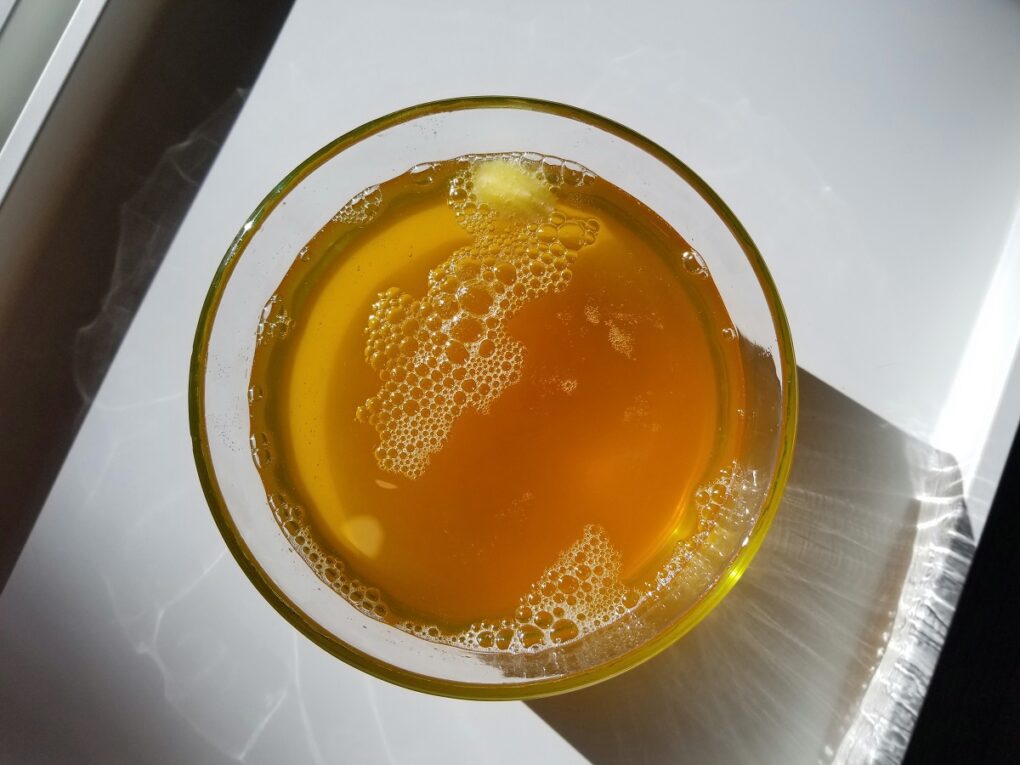
13 Best Cocoa Butter Substitutes
If you've ever had the pleasure of using cocoa butter to make chocolate, spread on pancakes, or stir-fry some vegetables, you know there isn't a real substitute for this unique ingredient. Cocoa butter alternatives should include a lot of fat and have a similar flavor and consistency.
The best cacao butter substitute will provide your recipes the desired results in terms of flavor, texture, or both, depending on your needs. Additionally, for the safest, healthiest swaps, you should pick high-quality products when buying cacao butter alternatives.
Best Cocoa Butter Substitute for Baking
White Chocolate Bars
White chocolate bars have a somewhat cult following. Despite the many claims that it’s not chocolate, this sweet treat can be used in place of cocoa butter in dessert recipes that call for it.
White chocolate is somewhat unique from other chocolates because it doesn't contain cocoa solids. Good-quality white chocolate will always contain cocoa butter, but in some countries they’re allowed to still label palm-oil based creations as ‘chocolate’.
The main difference this substitute for cocoa butter will add to your recipe is the sweetness. Whereas cocoa butter has a mild cocoa taste, white chocolate bars tend to be sweeter and creamier due to the added milk and sugar in them.
White chocolate melts in the same way as cocoa butter and offers a similar texture. You can use it at a 1:1 ratio in baked goods, pancakes or even in hot chocolate.

Butter
Our next alternative to cocoa butter in baking is pure, unsalted butter. It contains almost no protein and carbohydrates, and maintains a high amount of pure fat. However compared to cocoa butter, regular butter has a low smoke point.
You shouldn't use butter for deep-frying over a high heat, though it’s great for cooking on the stovetop over medium heat. Butter also tastes creamy with a mild sweetness, while cocoa butter’s flavor profile leans towards an oily chocolate with a rich aroma.
Butter is an animal dairy product, but cocoa butter is a vegetable fat. Therefore, butter cannot be used in vegan dishes, so consider plant-based substitutes for cocoa butter when making vegan sweets.
When you want to bring the flavor closer to cocoa butter, add a dash of cocoa powder and vanilla extract along with the butter. This will bring a sweet and aromatic chocolate flavor to your recipe; substitute butter for cocoa butter in a 1:1 ratio.
Ghee
Similar to butter, ghee is a milk-derived fat; although it's vegetarian, it's not vegan-friendly. However unlike butter, ghee is clarified and lacks milk solids, making it a milder-tasting and denser fat (meaning it contains even less water).
Ghee will keep your food moist and soft, and adds great flavor to baked products despite lacking the chocolatey aroma of cocoa butter. Also similar to dairy butter, you can substitute ghee for cocoa butter in a 1:1 ratio when baking.
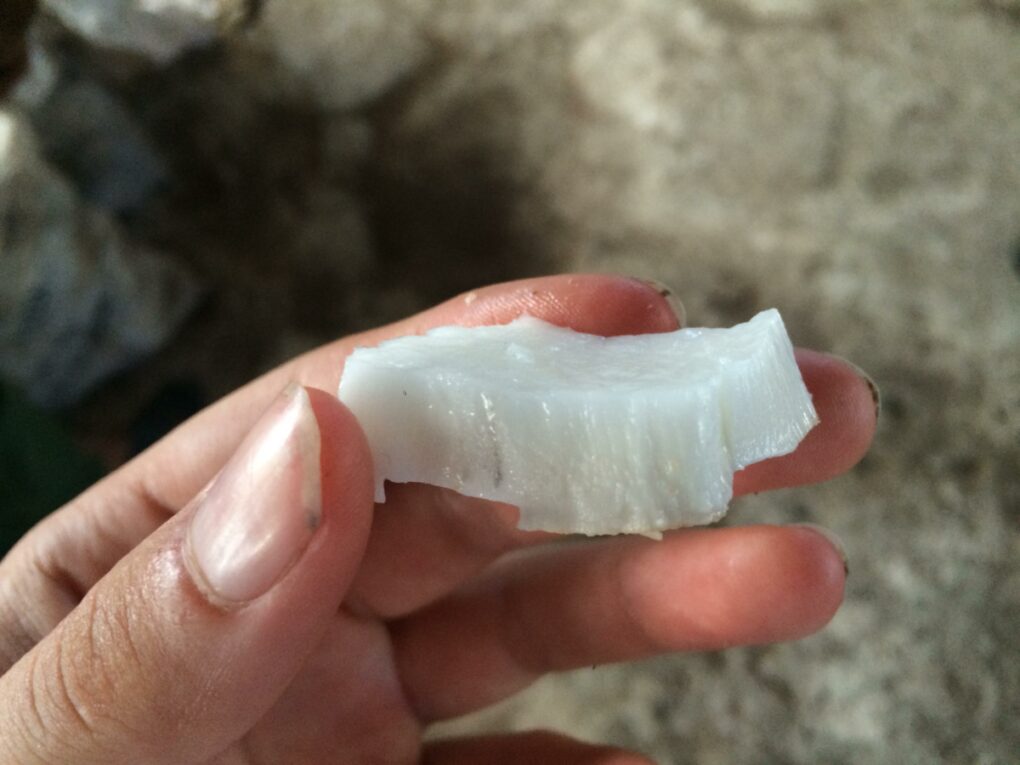
Coconut Butter
This particular butter is made from the entire coconut, including the flesh, as opposed to coconut oil, which is just pressed coconut fat.
Like cocoa butter, coconut butter is high in fat, though the coconut flavor is more prominent. If you like the flavor and aroma of this tropical fruit in place of chocolate, it will serve you well in a 1:1 swap.
The main factor allowing you to use coconut butter in place of cocoa butter is that it’s similar in texture. Again, your recipe won't taste as much like chocolate, so lean towards fruity recipes rather than chocolatey ones. You can also make savory recipes with coconut butter.
Shortening
For both sweet and savory applications, shortening of any kind is one of the best alternatives to cocoa butter. In the case of savory recipe, 'shortening' refers not to hydrogenated vegetable fat, but to the more traditional type, that is, animal fat.
Not only is it a dense, low moisture pick, but all types of animal fat have a very high smoke point, similar to cocoa butter. Use shortening in a 1:1 ratio.

Best Cocoa Butter Substitute in Soap Making
Mango Butter
One of the best substitutes for cacao butter when making soap is either shea butter or mango butter. Much like shea, mango butter is semi-solid at room temperature and has strongly emollient properties, making it a great base or addition to soaps, lotions, lip balms, and almost any other skincare that calls for cocoa butter.
You can source mango butter on most skincare making supply sites, though you can also get it on amazon. Swap mango butter for cocoa butter in a 1-to-1 ratio.
Kokum Butter
Though the name makes it look like it's related to cocoa butter, kokum butter is actually a dry, flaky oil from the Garcinia indica, also known as wild mangosteen. It's usually light grey in color, having been pressed from the seeds of the fruit, which is native to southern India.
Kokum butter is often used as a cocoa butter substitute due to their similar fat composition and melting point, which is right around body temperature. It can be used as a swap in a 1:1 ratio, though I suggest using it alongside other butters or oils.

Best Cocoa Butter Substitute for Skin
Virgin Coconut Oil
Coconut oil has the same fatty flavor and richness as cocoa butter, so it would be a good alternative to cocoa butter. Unrefined, virgin coconut oil is sold at room temperature, similar to cocoa butter. It has a prominent coconut flavor and aroma, though the deodorized versions are flavorless.
You can substitute refined coconut oil for cocoa butter in high heat cooking due to the high smoke point of coconut oil. In contrast, due to its lower smoke point (about 350°F/177°C), cold-press coconut oil cannot be utilized in high-temperature cooking.
Coconut oil is a wonderful substitute for cocoa butter in recipes that call for an aromatic, naturally sweet taste, because it contains the same characteristic flavor of the tropical fruit. Use it in a 1:1 swap in recipes— when using coconut oil in chocolate making, it allows chocolate to harden faster.
There is a mild coconut flavor, but it can be easily neutralized by other ingredients in your dish. You may not even notice the flavor in certain recipes.
Shea Butter
Shea butter is a vegetable fat that can be consumed or used topically, derived from the seeds of shea plants’ fruits. They have a firm texture and are frequently utilized in place of cocoa butter for making lotion and other cosmetics. So if you’re looking for a pure cocoa butter substitute in lotion or otherwise, shea butter is often a good choice.
Similar to cocoa butter, shea butter is renowned for its nutrient profile and use in products for the hair and skin. However, the flavor of shea butter is rather smokey, and it’s not usually sold in food-grade type, so using it may result in a different taste in your recipe.
Compared to cocoa butter, the flavor is entirely different. Shea butter can substitute for cocoa butter, however it must be used in a 1:1 ratio. Use it in recipes where cocoa butter isn’t used for its chocolate taste and scent, but for its emollient qualities.
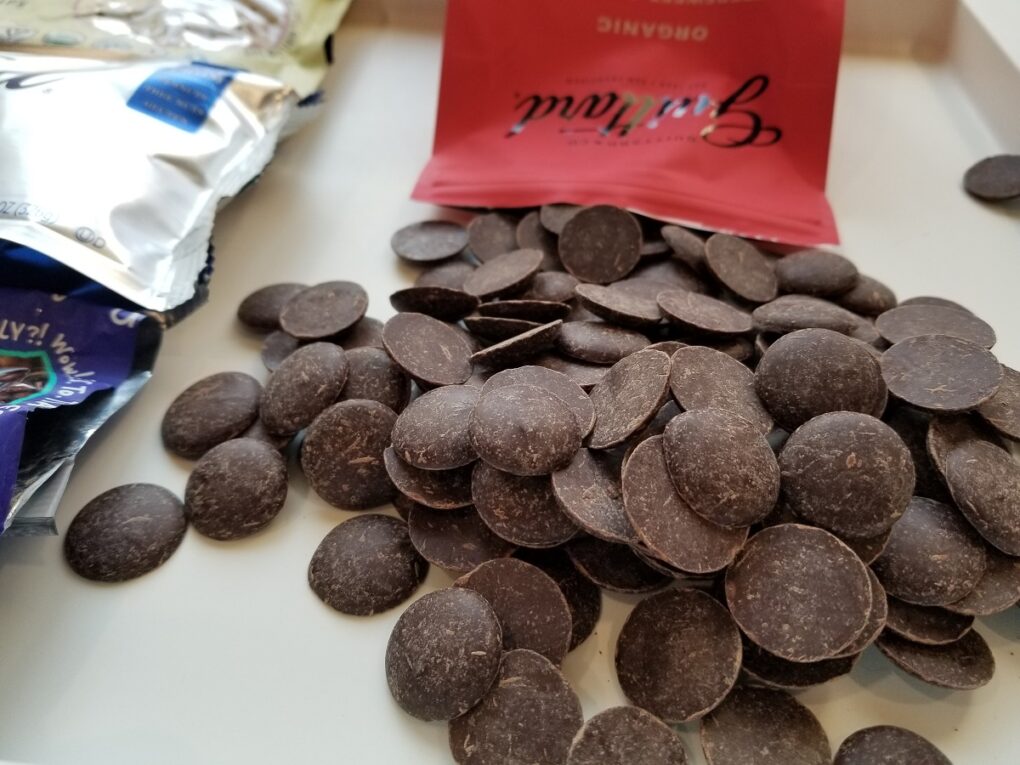
Best Cocoa Butter Substitute in Chocolate
Palm Oil
This plant-based oil is taken from the fruit of the palm tree, which is widely known for its impact on deforestation in Africa and Asia. Palm oil has become well-liked all over the world because of its low cost and adaptability, hence the rapid increase in its production in recent decades.
Palm oil, a component in compound chocolate bars, acts as a lubricant to replace the cocoa butter and smooth down the surface of the chocolate. The fact that it doesn't need tempering because of the lauric fatty acids makes it even more appealing to consumers in tropical areas.
The very mildly savory and earthy flavor of palm oil works well as a culinary substitute in Asian cuisines, particularly curries and spicy dishes, or even in chocolate confections. Due to its high smoke point, it can also be used to stir-fry and sauté food. Palm oil may be used as a replacement for cocoa butter in a 1:1 ratio.
Home-Pressed Cocoa Butter
Cocoa beans can be pressed for their cocoa butter for use in skin care products or in foods. To make cocoa butter at home, only do so if you’re already accustomed to working with cacao. It’s not an easy process; in fact, you’d be better off using one of the readily available cocoa butter substitutes on this list if you only need a small amount.
The list of steps includes roasting the beans, then peeling them once they’ve cooled to room temperature. Next is to boil water in a pot big enough to fit your cocoa beans, then grind them and transfer to a bowl.
The ground cacao is then added to the boiling water and the heat is lowered to medium. Give it a stir, then let it simmer for two hours. Continue stirring the mixture until the water content halves and a thin coating of light yellow oil emerges on top. Skim off the oil with a spoon.
To completely evaporate the water, heat the oil-filled saucepan over medium-low heat, then turn off the stovetop and let the pot cool. To remove any cacao particles, simply filter the oil twice with a cloth or strainer.
To store your homemade cocoa butter, pour the oil into airtight containers, and keep them in the fridge or at room temperature for up to two years before using. This homemade cocoa butter can be used as a direct substitute.
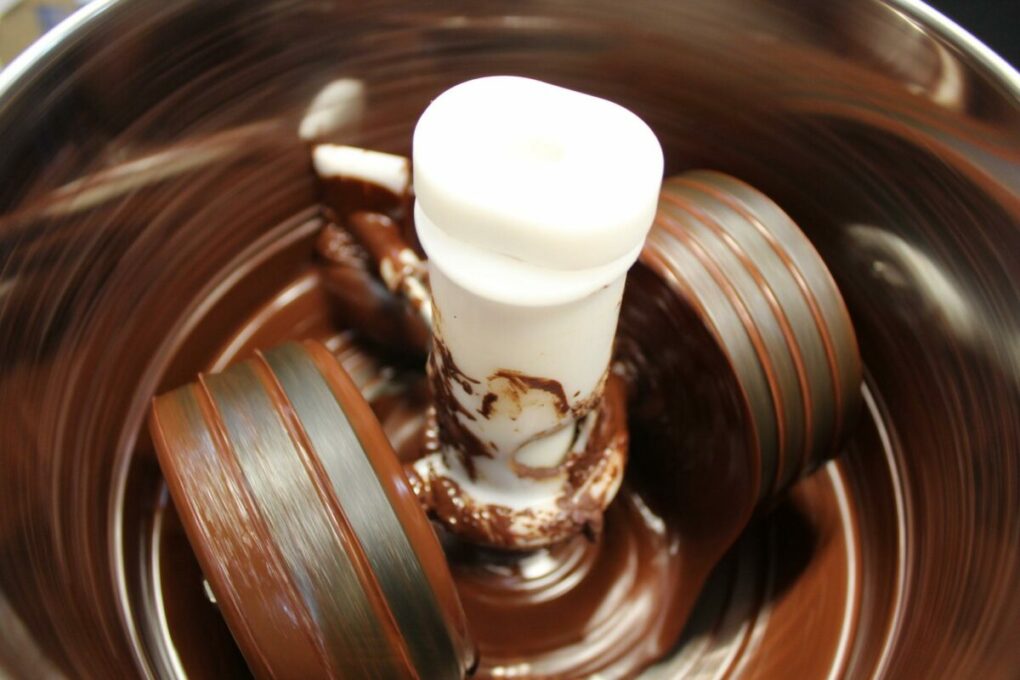
Soy Lecithin
Soy lecithin is derived from soybean seeds, through crushing & heating them with hexane, which is all filtered out before the lecithin is packaged. It's a brownish-yellow substance made up of phospholipids linked to choline, widely used for two purposes: medical and culinary.
It's the latter use we're interested in here, as soy lecithin is also used as an emulsifier. This means it can substitute cocoa butter in chocolate making, at least partially, as well as in some lotion-making applications.
For some reason, soy lecithin is such an effective cocoa butter sub that I don't know of any maker who needs to use more than 0.1% soy lecithin in any of their chocolates. You can even buy soy lecithin pretty easily, in either liquid or granule form, depending upon how you want to use it.
For most food and cosmetic applications, the liquid form is preferred because of its more precise measuring. But no matter what form you use, soy lecithin is a potent emulsifier, meaning that it keeps substances less viscous and smoothly-flowing— a quality you might want in something like chocolate.
Sunflower Lecithin
Much like soy lecithin, sunflower lecithin is commonly used in chocolate making to substitute cocoa butter, or at least lessen the need for it. It's a sticky, viscous dark brown liquid, though it's also available in granule form.
Lecithin takes the place of added cocoa butter in chocolate, which is not only expensive but has other non-food uses. So in the end, lessening dependence upon it makes more money for companies in the end. Sunflower lecithin is also a potent emollient, meaning that it softens and soothes the skin, much like oatmeal or honey.
That's why you'll often see lecithins of all sorts as an ingredient in natural lotions. But strangely, chocolate makers actually have to use more sunflower lecithin to have the same effect as with soy lecithin in chocolate; as much as 3-5x as much.
Frequently Asked Questions
Depending on what you need the cocoa butter for, you can potentially use coconut oil, butter, shea butter, or even soy lecithin to substitute for cocoa butter.
Yes, cocoa butter can be substituted with coconut oil in certain recipes, especially in vegan or dairy-free alternatives. However, it's important to note that coconut oil has a different flavor profile and melting point compared to cocoa butter.
While cocoa butter and butter are not direct substitutes for each other due to their different properties, in some cases, cocoa butter can be used as a substitute for butter in certain recipes, particularly in baking or chocolate-making.
In order to make cocoa butter at home, you either need to buy a very small cocoa butter press or use the water method. This involves thoroughly grinding your roasted cacao beans, and then submerging the mass in warm water and mixing well, allowing the fatty cocoa butter rise to the top. Skim off the fat from the top and then let the fat sit in the fridge for at least an hour, pouring off any excess water once the fat has hardened.
📖 Recipe
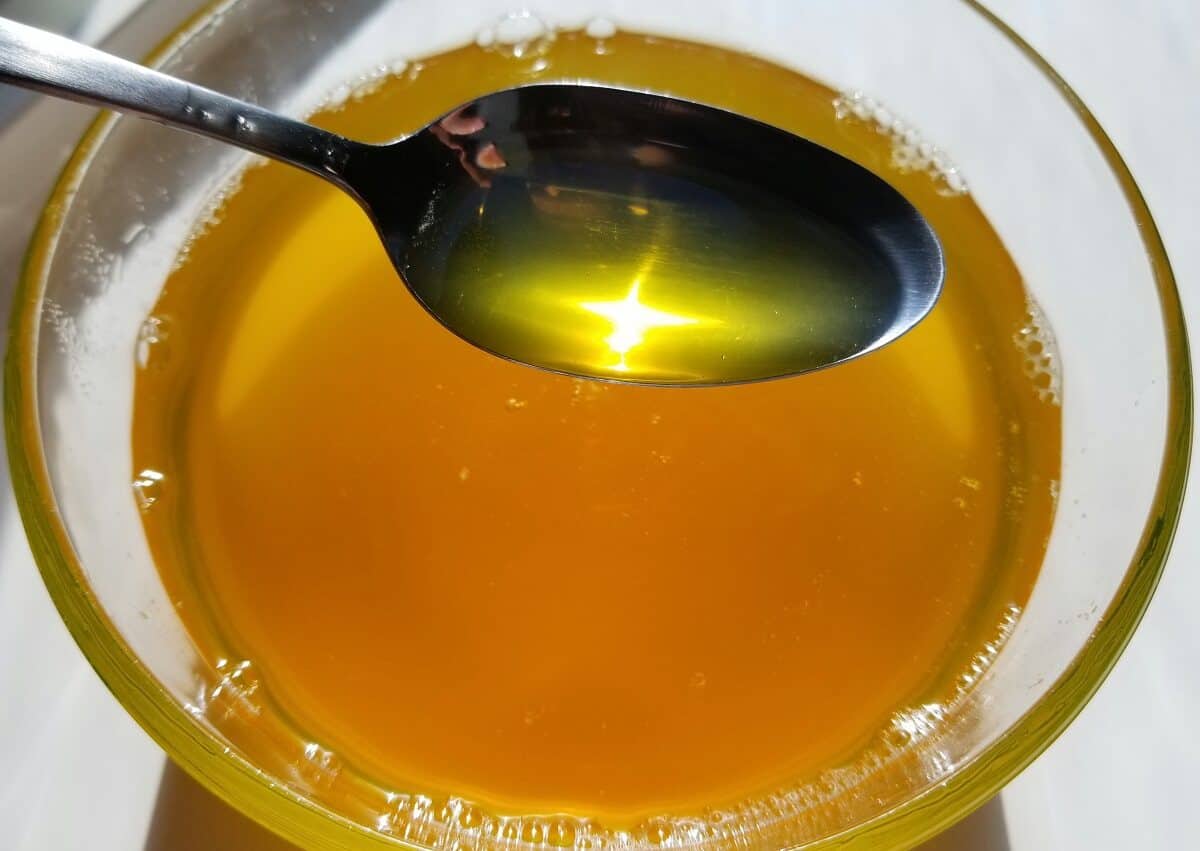
13 BEST Cocoa Butter Substitutes (By Use)
Ingredients
Best Cocoa Butter Substitute for Baking
- White Chocolate Bars
- Butter
- Ghee
- Coconut Butter
- Shortening
Best Cocoa Butter Substitute in Soap Making
- Mango Butter
- Kokum Butter
Best Cocoa Butter Substitute for Skin
- Virgin Coconut Oil
- Shea Butter
Best Cocoa Butter Substitute in Chocolate
- Palm Oil
- Home-Pressed Cocoa Butter
- Soy Lecithin
- Sunflower Lecithin
Instructions
- Choose the best cocoa butter substitute for your particular need.
- Identify exactly how much is needed for your recipe.
- Proceed with your recipe, as planned!













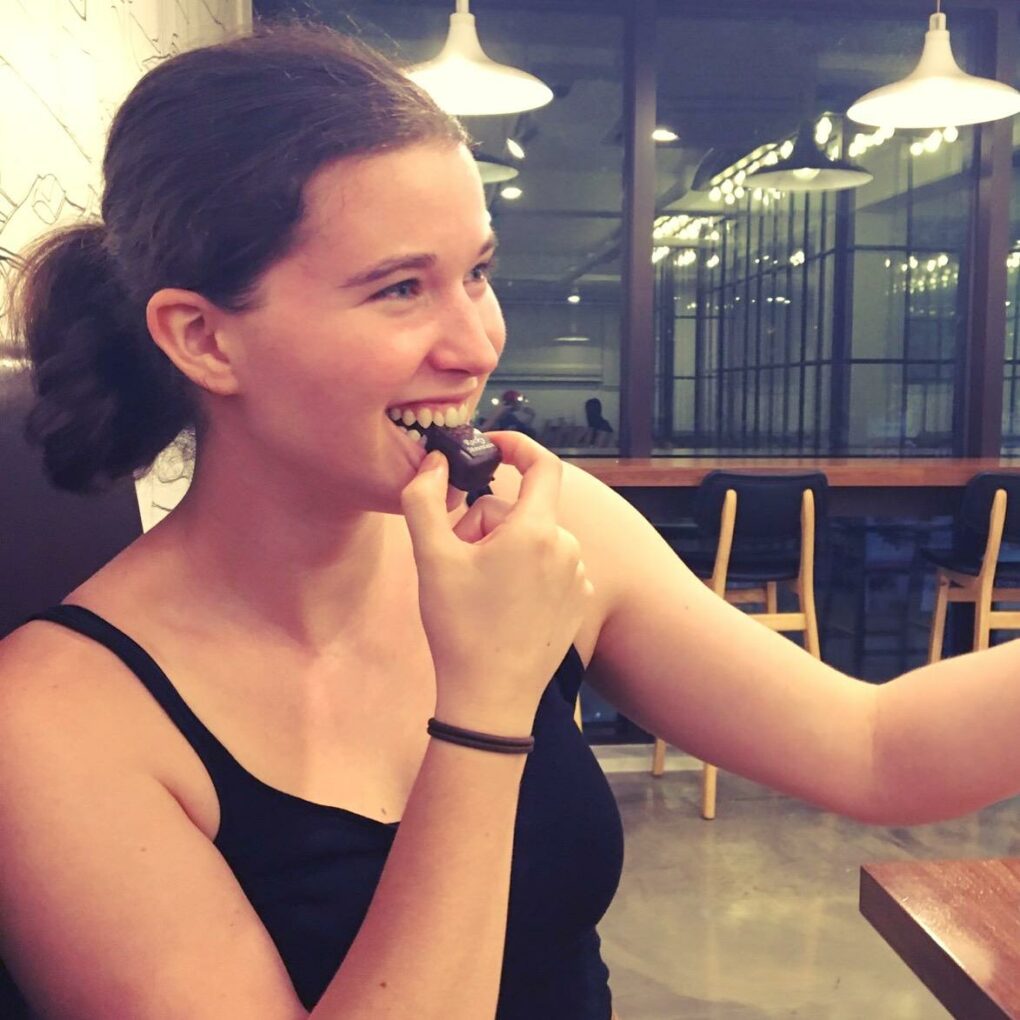




Comments
No Comments